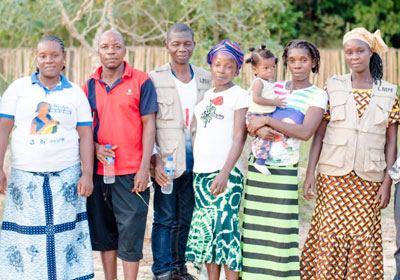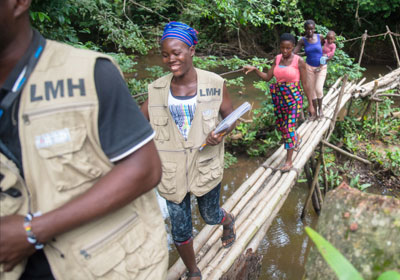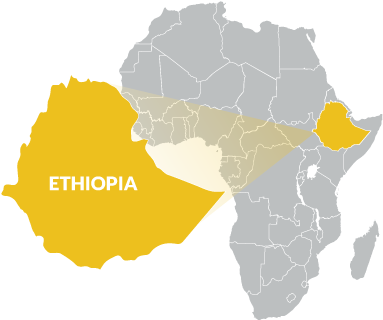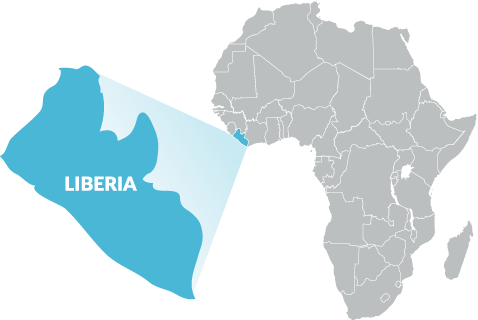Impact
We use data to inform and strengthen our work. Our partnerships with governments and local implementers expand access to and enhance the quality of health services in rural and remote communities.
Impact
We use data to inform and strengthen our work. Our partnerships with governments and local implementers expand access to and enhance the quality of health services in rural and remote communities.
RESULTS AT A GLANCE
As of June 30, 2024
Together, Last Mile Health and our government partners supported:

16,425
COMMUNITY AND FRONTLINE HEALTH WORKERS TO PROVIDE QUALITY COMMUNITY-BASED PRIMARY HEALTHCARE SERVICES

19,574,511
PEOPLE WITH IMPROVED ACCESS TO
PRIMARY HEALTHCARE
Guided by our three-part Theory of Change, we work to realize our strategy by strengthening health systems, training health workers, and delivering primary healthcare.
Strengthen
Advise and Advocate for Strong Community Health Systems

1,297,203
Total number of treatments delivered for malaria, diarrhea, and acute respiratory infections by community health workers to children under 5 years of age in Liberia since 2016
14,119,619
Number of routine home visits provided by community health workers nationally in Liberia since 2016
To learn more about this work, visit the Liberia country page.
Train
Train and Grow the Community Health Workforce

Number of community and frontline health workers trained in health delivery content over the past year

2,502
IN ETHIOPIA
To learn more about this work, visit the Ethiopia country page.

1,283
IN LIBERIA
To learn more about this work, visit the Liberia country page.
1,082
IN MALAWI
To learn more about this work, visit the Malawi country page.
DELIVER
Demonstrate Effective Community-Based Primary Care

Percentage of children aged 12-23 months who have received all 3 doses of pentavalent immunizations over the past year
Percentage of children under five years of age who received treatment from a formal provider over the past year
58%
From 2021
RIVERCESS COUNTY,
LIBERIA
11%
From 2022
GRAND BASSA
COUNTY, LIBERIA
69%
From 2021
RIVERCESS COUNTY,
LIBERIA
54%
From 2022
GRAND BASSA
COUNTY, LIBERIA
To learn more about this work, visit the Liberia country page.
